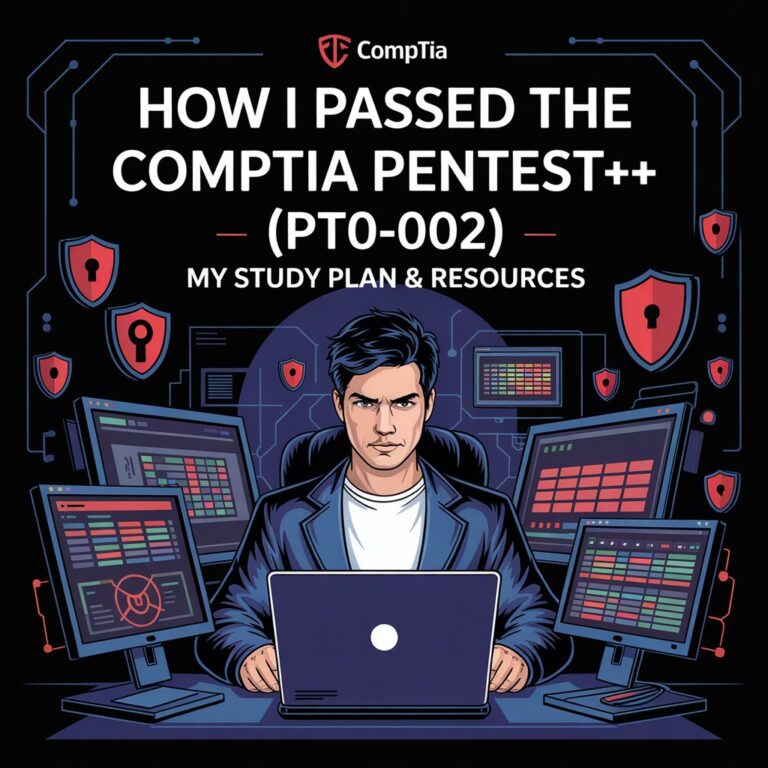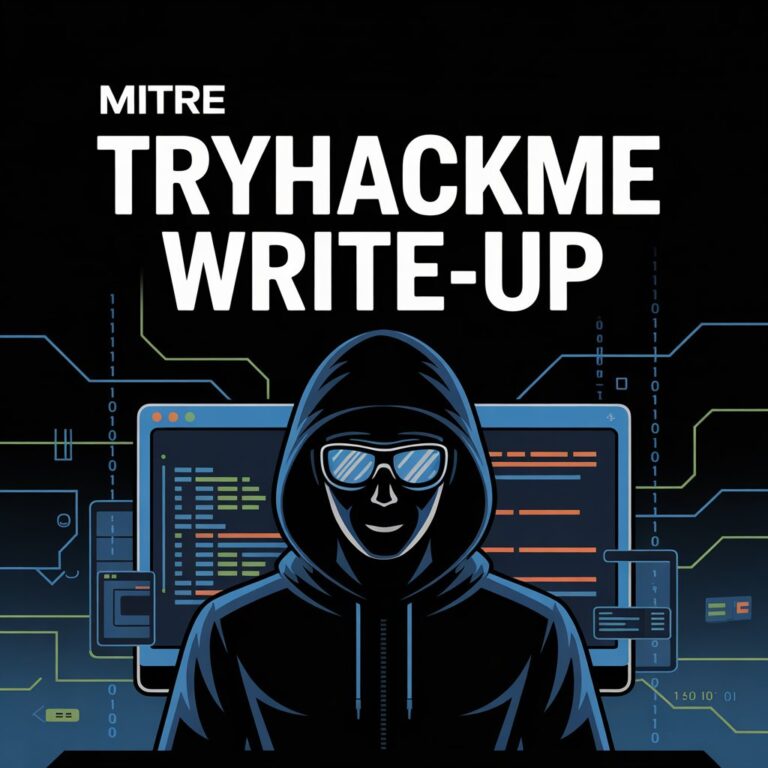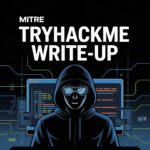How I Passed the CompTIA Pentest+ (PT0-002) – My Study Plan & Resources 🎯

So, you want to pass the CompTIA Pentest+ (PT0-002) exam? Well, you’re in the right place! I recently tackled this beast and walked away victorious, and now I’m here to share exactly what I did to prepare—so you can do…




